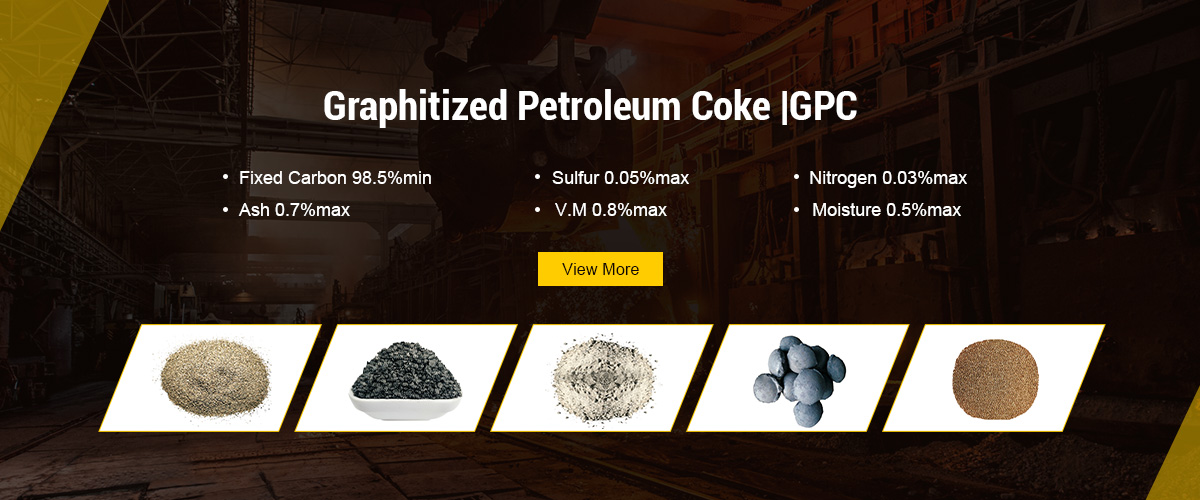Nov . 09, 2024 20:04 Back to list
Choosing the Right Insulation Material for Outdoor Pipe Applications in Manufacturing
Insulation Material for Outside Pipes A Comprehensive Overview
When it comes to maintaining the integrity and efficiency of outdoor plumbing systems, the choice of insulation material for outside pipes is critical. The primary purpose of insulating these pipes is to prevent heat loss, reduce the risk of freezing during cold weather, and mitigate condensation in warmer climates. With a wide variety of insulation materials available, understanding their properties, advantages, and applications is essential for any factory or facility managing outdoor piping systems.
Key Functions of Pipe Insulation
The main functions of insulation for outside pipes include thermal protection, noise reduction, and moisture control. Effective insulation helps maintain the fluid temperature within the pipes, thereby improving energy efficiency and lowering heating costs. Additionally, it acts as a sound barrier, reducing noise generated by flowing liquids, especially in sensitive environments like residential areas or healthcare facilities. Moisture control is particularly important to prevent the growth of mold and unwanted corrosion of the pipes.
Types of Insulation Materials
1. Fiberglass Insulation One of the most commonly used insulation materials, fiberglass is made from fine glass fibers and is known for its excellent thermal resistance and soundproofing properties. It is lightweight and relatively easy to install. However, Fiberglass may absorb moisture if not properly covered, so it is essential to choose a moisture-resistant variety when insulating outdoor pipes.
2. Foam Rubber This material provides excellent thermal insulation and is resistant to moisture and UV degradation, making it ideal for outdoor applications. Foam rubber insulation is highly flexible, allowing it to conform to various pipe shapes and sizes, ensuring a snug fit. It is also less likely to crack or become brittle in extreme temperatures.
insulation material for outside pipes factory

3. Polyethylene Foam Polyethylene foam pipes come in pre-slit, tubular sections, providing convenient and easy installation over most pipe sizes. While they offer good thermal resistance and are lightweight, they may not be suitable for extremely high temperatures or conditions where direct UV exposure is significant. Nevertheless, they are often used in applications requiring moisture resistance.
4. Mineral Wool Known for its fire-resistant capabilities, mineral wool insulation is a popular choice for high-temperature applications. While it has excellent sound-absorbing properties, its moisture retention can be problematic outdoors without additional protective layers.
5. Reflective Insulation This type of insulation utilizes reflective materials, such as aluminum foil, to reduce radiant heat gain or loss. While it is predominantly used in roofing and wall insulation, reflective barriers can be an excellent choice for certain outdoor piping systems, particularly in hot climates.
Choosing the Right Material
Selecting the appropriate insulation material for outdoor pipes depends on several factors, including the local climate, pipe material, pipe temperature, and budget. For industries operating in areas with freezing temperatures, rigid thermal insulation combined with a vapor barrier may be necessary to prevent freezing. Conversely, in warmer climates, moisture-resistant materials will help in maintaining efficiency while avoiding condensation.
Conclusion
In summary, the choice of insulation material for outside pipes is a crucial aspect of ensuring the longevity and efficiency of a plumbing system. By understanding the properties of different insulation materials, factory managers can make informed decisions that contribute to energy savings, system performance, and overall sustainability. Proper installation and maintenance of these insulation materials will further enhance their effectiveness, safeguarding not just the pipes but also the broader infrastructure they support. Investing in quality insulation is not just a cost; it is a commitment to efficiency and durability in outdoor plumbing applications.
-
Fe-C Composite Pellets for BOF: Enhance Steelmaking Efficiency
NewsAug.07,2025
-
Eco-Friendly Granule Covering Agent | Dust & Caking Control
NewsAug.06,2025
-
Fe-C Composite Pellets for BOF: High-Efficiency & Cost-Saving
NewsAug.05,2025
-
Premium Tundish Covering Agents Exporters | High Purity
NewsAug.04,2025
-
Fe-C Composite Pellets for BOF | Efficient & Economical
NewsAug.03,2025
-
Top Tundish Covering Agent Exporters | Premium Quality Solutions
NewsAug.02,2025
